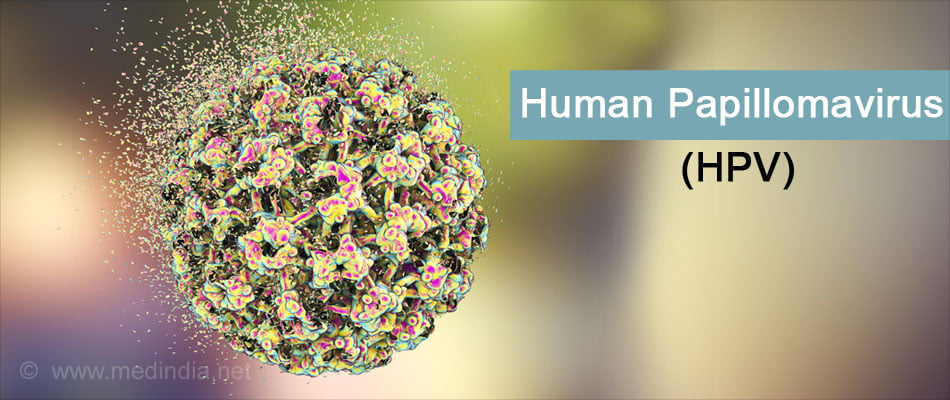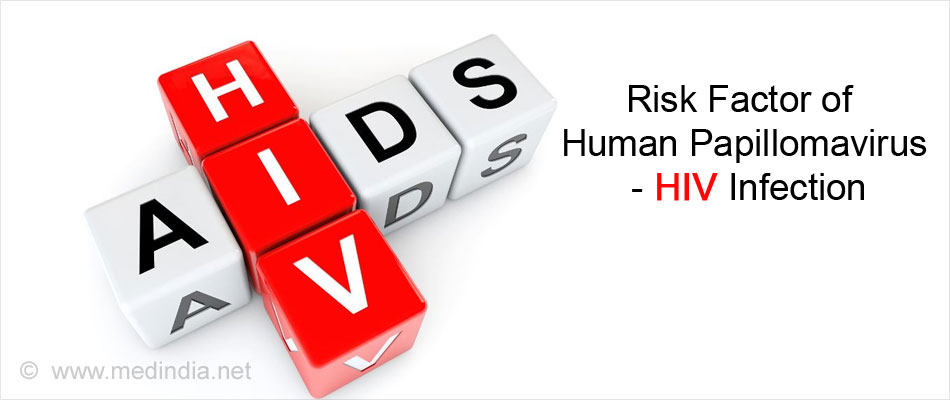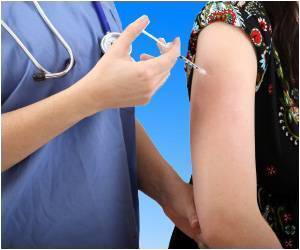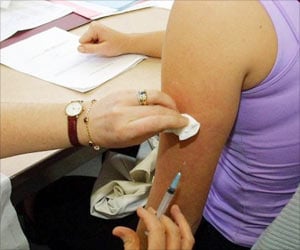- What is HPV? - (https://www.cdc.gov/hpv/parents/whatishpv.html)
- HPV and Cancer - (https://www.cancer.gov/about-cancer/causes-prevention/risk/infectious-agents/hpv-fact-sheet)
- HPV Treatment - (http://www.mayoclinic.org/diseases-conditions/hpv-infection/diagnosis-treatment/treatment/txc-20199074)
What is Human Papillomavirus (HPV)?
Human papillomavirus (HPV) is a group of around 200 viruses each with a specific number and type. Around 40 HPV types are spread by sexual contact and skin-to-skin or mucous membrane contact.
This virus spreads through vaginal, anal and oral sex. HPV is the most common sex-related infection which affects both men and women equally. Most sexually active people will be affected at some point in time and in some cases it can cause serious secondary diseases like cancers of the cervix, vagina, vulva and anus.

Genital HPV infections are very common and often do not cause any signs or symptoms and go away on its own. The usual time taken to recede is between 8-12 months. Some types of HPV can cause genital warts, while other more serious types can cause cellular changes leading to cervical cancer. High-risk types which do not go away remain hidden in the body and surface at some point in time. Since such viral types are hard to detect, it is impossible to gauge how long a person had been infected before actual detection.
Facts on Human Papillomavirus Infection
- Human papillomavirus (HPV) belongs to the papillomavirus family that comprises of around 200 viruses.
- Around 40 HPV types belonging to this family are spread by sexual, skin-to-skin or mucous membrane contact.
- According to the World Health Organization (WHO), at least 13 of the viruses in the group are high-risk types leading to cancers.
- HPV type 16 and 18 cause nearly 70% of all cervical cancers.
- Cervical cancer is the second most common cancer in women in less developed and developing countries with an estimated 445,000 new cases in 2012.
- Currently there is a vaccine against HPV 16 and 18 that has been approved for use in several countries.
What are the Risk Factors of Human Papillomavirus Infection?
The following are the risk factors for exposure to HPV infection:
- Multiple sex partners
- Compromised immunity especially those with HIV infection

- Adolescents and young adults due to intercourse at an early age
- Damaged skin
What are the Symptoms and Signs of Human Papillomavirus Infection?
Most HPV infections do not present themselves with concrete signs and symptoms because some these usually go away on its own. Persistent exposure to HPV type 16 and 18 can lead to pre-cancerous lesions. This is the reason it is important for women to get an annual pap smear.
Symptoms of cervical cancer only appear in the advanced stage and include the following symptoms:
- Unusually heavy vaginal bleeding after sexual intercourse
- Back, pelvic and leg pain
- Weight loss, fatigue and loss of appetite
- Vaginal discomfort, unusual discharge or spotting
- Swollen leg
HPV infection causing pre-cancerous and cancerous lesions in the cervix takes around 15-20 years to develop in women with normal immune systems. Those who are immunocompromised usually develop this cancer rapidly within 5-10 years.
How do you Detect Human Papillomavirus Infection?
HPV infections can be detected by testing sample cells for viral DNA or RNA.
Common HPV tests detect the DNA from several high-risk types but do not specify the type. There are other tests which can detect the type of virus (specifically types 16 or 18). These tests are usually recommended after an abnormal pap smear.
Currently, there are no available tests to detect HPV infections in men and no available screening tests like the pap smear for women.
How do you Screen for Cervical Cancer?
Since cervical cancer caused by HPV infection takes at least 15-20 years to develop, it is recommended that all women in the ages 30-50 get an annual screening.
Screening tests include:
- Traditional pap smear and LBC (liquid-based cytology)

- Visual clinical examination with acetic acid
- HPV DNA and RNA testing for high-risk types
What is the Treatment for Human Papillomavirus Infection?
There is no direct treatment for HPV infection. The only treatment involves treatment of warts and pre-cancerous cervical lesions.
Treatment of warts include topical applications like:
- Salicylic acid – It can cause skin irritation.
- Imiquimod – It is a prescription cream with side effects that include redness and swelling at site.
- Podofilox – It is a topical prescription cream that destroys wart tissue and reduces warts. Side effects like pain and itching can happen on initial application.
- Trichloroacetic acid – It burns away warts on all areas and causes slight irritation.
Certain surgical procedures to remove warts include:
- Cryotherapy – freezing with liquid nitrogen

- Cauterization – burning the tissue with an electric current
- Surgical removal
- Laser
How do you Prevent Human Papillomavirus Infections?
Currently, the only prevention is through two available vaccines for HPV type 16 and 18, which cause nearly 70% of all cervical cancers.
These vaccines have been proved safe in robust clinical trials. They also provide some cross-protection against other HPV types.
It must be noted that these vaccines do not cure HPV infection or cervical cancer but are preventive measures. Hence, the vaccine must be given before the first sexual activity in adolescents.









